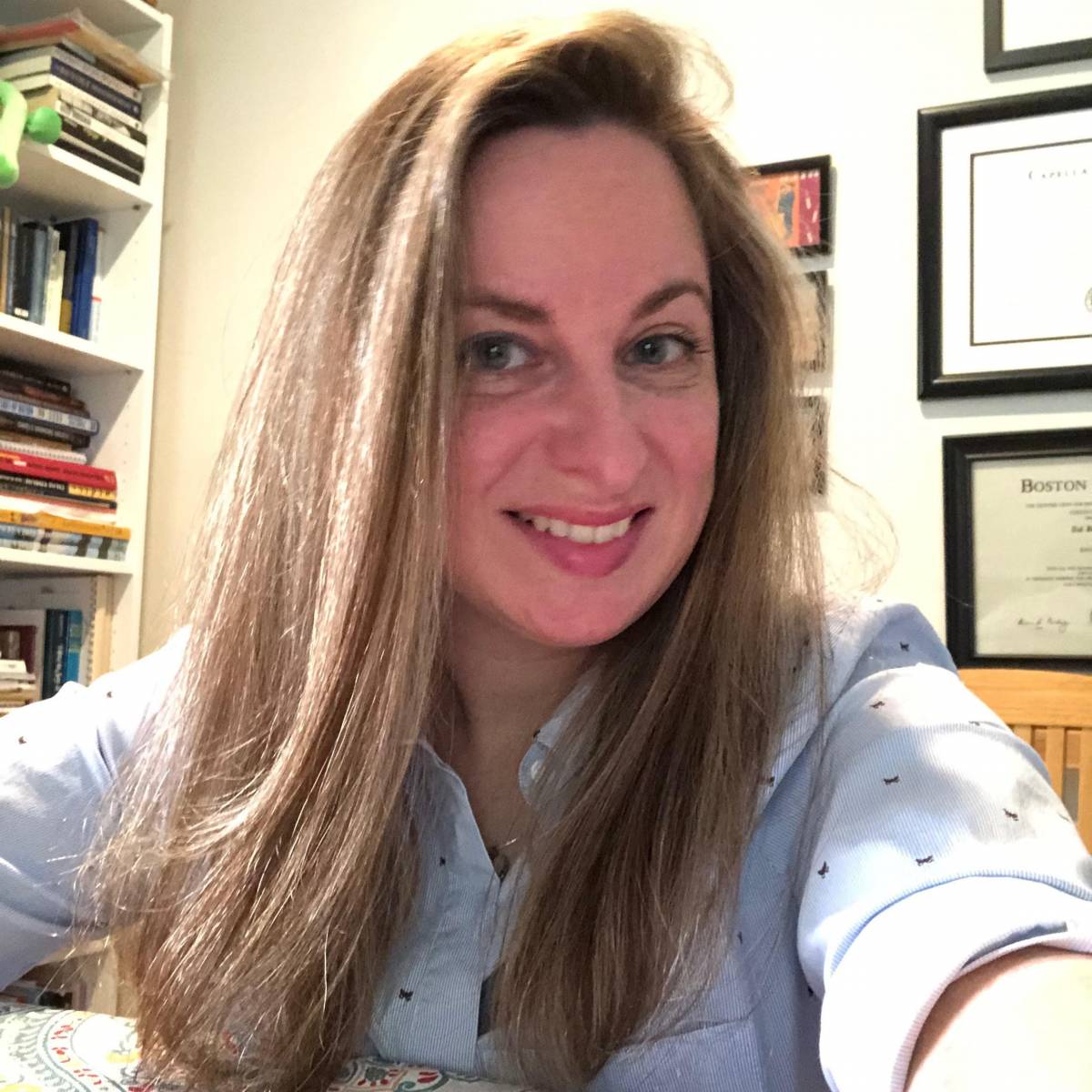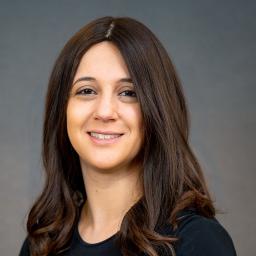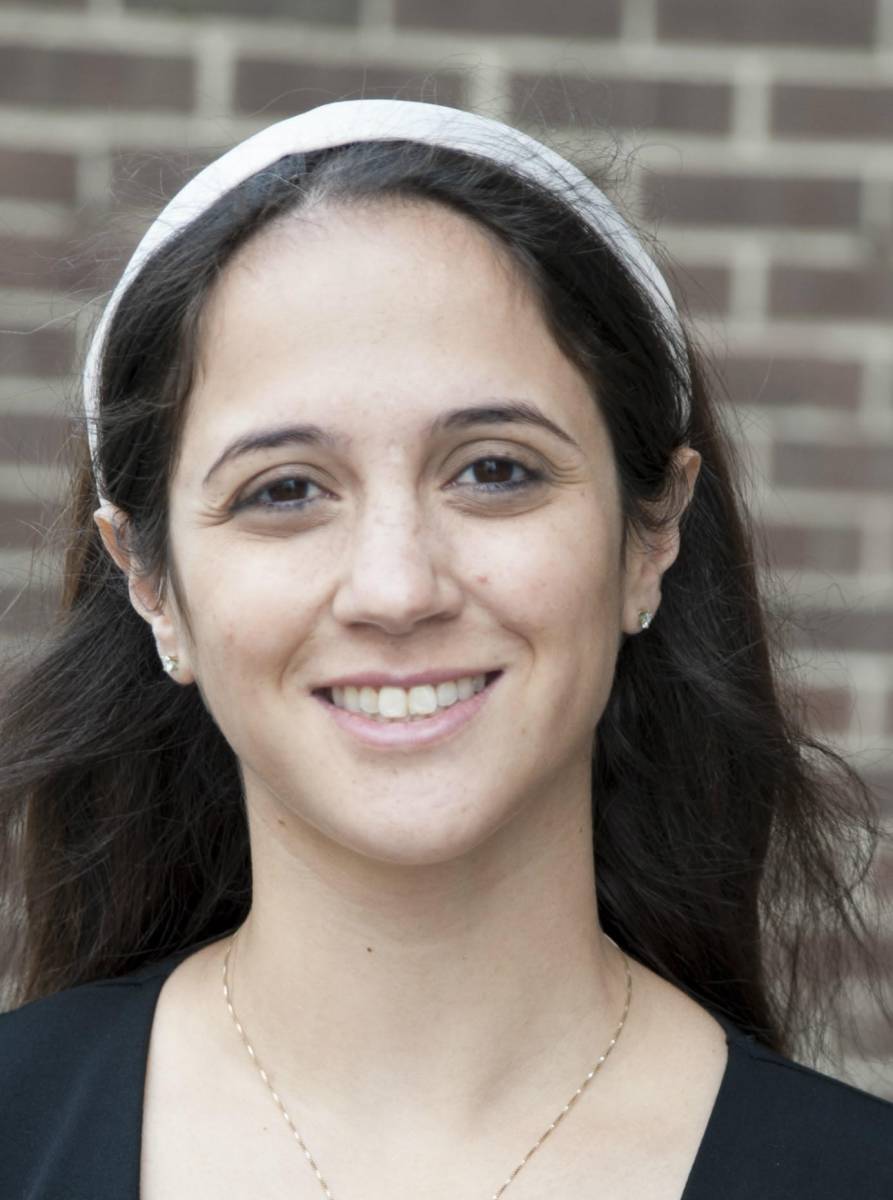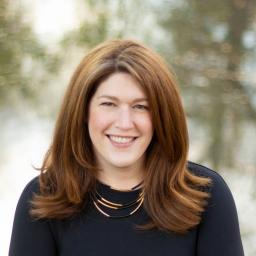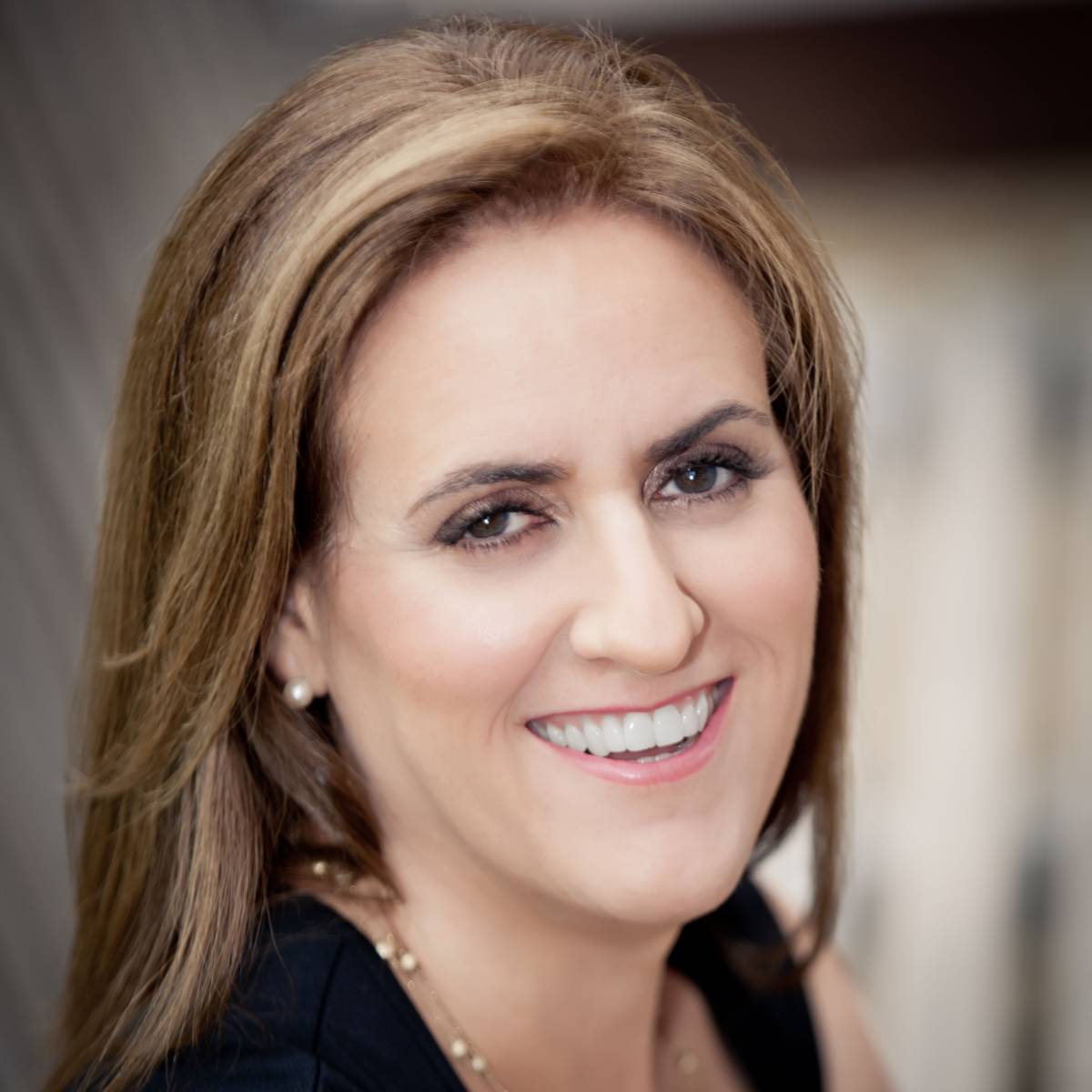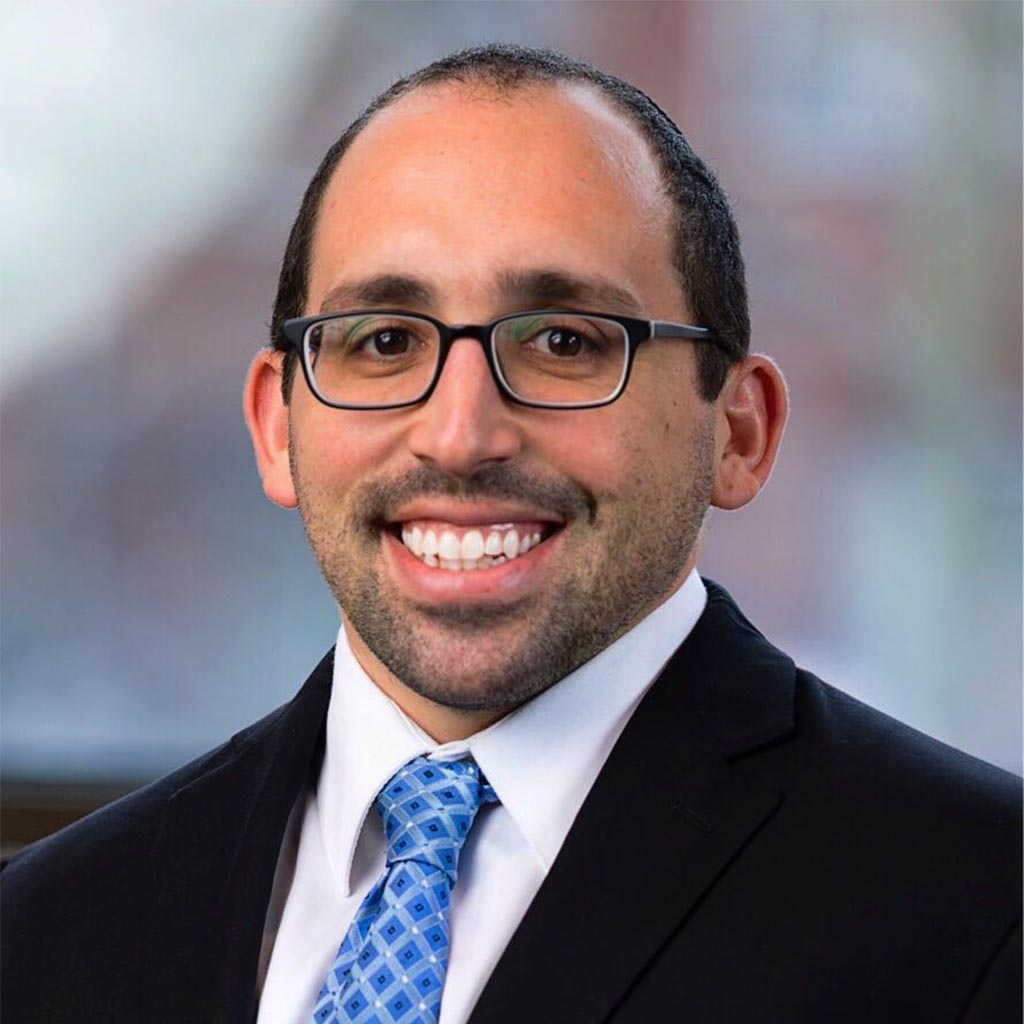Count me among the hordes of people eagerly awaiting delivery of a Peloton bike in the coming weeks. After crowdsourcing advice from friends who are already devotees and analyzing various options for staying fit from the safety of home, we placed our order and look forward to “high-fiving” many of you on upcoming rides.
The phenomenon of the Peloton craze should not be all that surprising. Whatever your fitness goal, being able to measure progress and output—literally watching the numbers rise and fall with your own exertion—is one of the best motivators. Couple the metrics with the virtual communal experience of staying connected to others who share your goal, and you have a winning combination.
Even before officially “clipping in,” I recognize just how relevant Peleton is to my work at Prizmah. So much of what we do is providing tools for schools to measure their progress on defined goals and opening connections for school leaders to learn from and be motivated by their peers. We are committed to helping schools make data-based decisions—to empowering them with both quantitative and qualitative information.
The Torah portion this week, Ki Tisa, contains one of the most famous examples of “metrics” in the Torah—taking the census of the people by means of the half-shekel. I am always struck by the wisdom of the pasuk/verse from Shemot/Exodus 30:15, “The rich shall not give more, and the poor shall not give less.”
הֶעָשִׁיר לֹא-יַרְבֶּה וְהַדַּל לֹא יַמְעִיט
When it comes to the need to count, to be counted, we should all be in the same boat.
In the past year, knowing that the Covid-19 pandemic is a new reality without clear roadmaps, Prizmah has fielded a number of “pulse surveys” to quickly collect and disseminate information. School leaders want to know what other schools are doing and how they fit into it.
We are now releasing the latest survey results which focus on fundraising. This survey found that even as schools face significant needs on the cost side—health and safety expenses, increased tuition assistance, to name just two—they are meeting those needs with success in fundraising. A few takeaways from this survey:
- Major donors (and non-major too) have increased or kept steady their support.
- 75% of respondents had an endowment, and 59% of those are still actively raising endowment funds.
- Emergency campaigns saw strong support from new and lapsed donors, increasing schools’ donor bases.
- 79% of schools project they will meet or exceed their fundraising goals for FY 2021.
These data collection points help Prizmah and Jewish day schools advocate for critical philanthropic and government funding. They also reveal the vital trends that can serve to engage donors and foundations in conversations around how to help for maximum impact.
In our first pulse survey, we asked schools about what they were planning for fall 2020 opening: schedule models, tuition setting and budget changes. Our second pulse survey drilled down more deeply about budget changes and increases in costs, financial aid and fundraising. We reported on the average increase in tuition assistance, which allowed school leaders and school boards to understand their own decisions in light of the larger field. Our survey on enrollment uncovered critical stats that inform recruitment, admission and retention practices.
Prizmah takes seriously our responsibility to encourage this kind of thinking among school leaders and to provide a range of opportunities and tools for school leaders to engage in benchmarking and data-based decision making. Collecting and disseminating data is a central part of what Prizmah does to support and strengthen the Jewish day school field.
Almost every day, we hear from school leaders asking questions like these:
What kind of indicators bode well for supporting an endowment campaign?
How much are other schools increasing their financial aid?
How much are other schools spending on Covid-related costs?
We are seeing an increase in enrollment; are other schools experiencing the same thing?
When school leaders want to know how their school compares to others, the impulse comes from a recognition that they are not alone and that information from other schools can reassure them or push them toward a higher standard. Messages that start with words like “I am curious to hear if other schools…” or “How has someone else approached…” usually lead to responses with real applicable value.
We also take seriously our commitment to measuring Prizmah’s own impact, with a monthly review of an internal dashboard set that is revised by our board annually, along with regular evaluation of all Prizmah programs.
Data measures more than enrollment or participation numbers. Using data can fuel growth and change the course of how a school achieves its mission. For example, when schools across the country note an influx from non-traditional avenues, they can commit to renewed focus on retention and ways to strengthen future enrollment.
Engaging data to fuel growth can be as simple as posting a message on a Prizmah Reshet. Or as complex as participating in Data and Analysis for School Leaders (DASL), the benchmarking tool offered by Prizmah in partnership with the National Association of Independent Schools (NAIS) to generate fieldwide data and customized benchmarking reports in the areas of expenses, revenue, tuition, financial aid, enrollment and fundraising. Through Prizmah’s partnership with BoardSource, over 700 day school board members have already enlisted a customized Board Self-Assessment (BSA) tool for their 44 schools to help them measure their governance practices against their peers and against expert recommendations. (See the summary in this issue: “Jewish Day School Boards: Snapshots of the Field.”)
On March 9, Prizmah is hosting a webinar entitled Create You Own Benchmarking Reports. Participants will understand how activity and trends in their school fit into a larger context through DASL and explore how to use create custom benchmarking in areas such as attrition, tuition, annual campaign and salaries. I encourage you to participate.
Just like those sweating away on their Pelotons at home, school leaders look at key metrics to know just how they are doing and when they will hit those elusive “personal records.” They also know the immeasurable value of connecting and checking in with peers to compare progress. Stay tuned for my Peloton username, and I look forward to continuing our critical work together, one measurable step at a time.



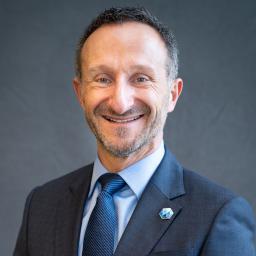
 According to
According to  Head of School Emily Greenberg shared the community’s excitement at this new approach: “iSTEAM uses Israel’s export of innovation to integrate Jewish learning and ahavat Yisrael with our general studies curriculum in a meaningful and relevant way. Our students and parents have relished this opportunity to participate in hands-on learning that creates another authentic connection to Israel and spotlights the contributions that Israel is making to the world.”
Head of School Emily Greenberg shared the community’s excitement at this new approach: “iSTEAM uses Israel’s export of innovation to integrate Jewish learning and ahavat Yisrael with our general studies curriculum in a meaningful and relevant way. Our students and parents have relished this opportunity to participate in hands-on learning that creates another authentic connection to Israel and spotlights the contributions that Israel is making to the world.” designers as Eliezer Armon and Yaakov Agam. They take virtual tours of sites in Israel to learn what makes spaces sacred and how to bring that special feeling to places in their lives. They combine those inspirations with engineering lessons about form and function and computer skills in design software to create a plan for a new school wing, then write essays to persuade administrators to accept their design over other submissions.
designers as Eliezer Armon and Yaakov Agam. They take virtual tours of sites in Israel to learn what makes spaces sacred and how to bring that special feeling to places in their lives. They combine those inspirations with engineering lessons about form and function and computer skills in design software to create a plan for a new school wing, then write essays to persuade administrators to accept their design over other submissions.